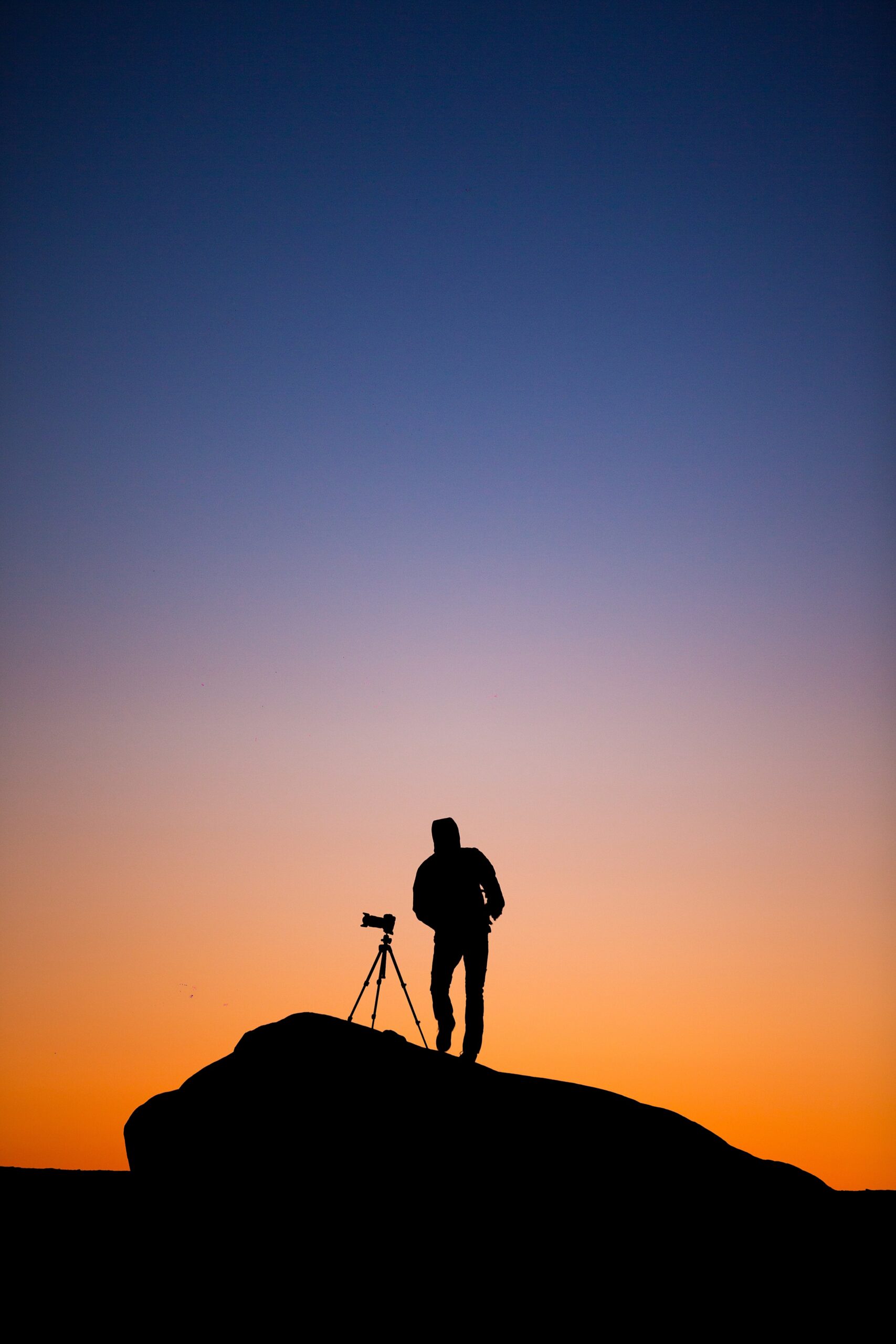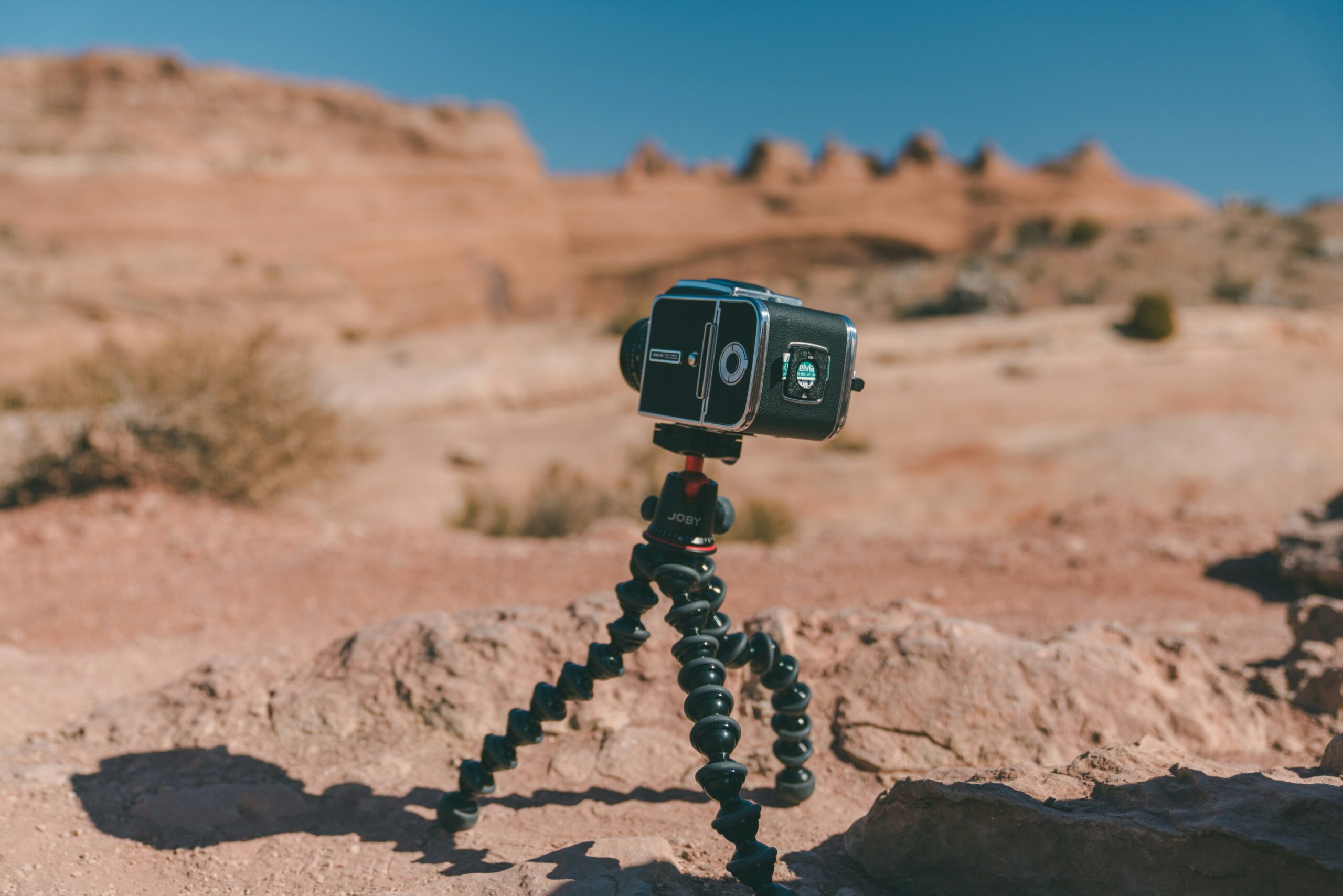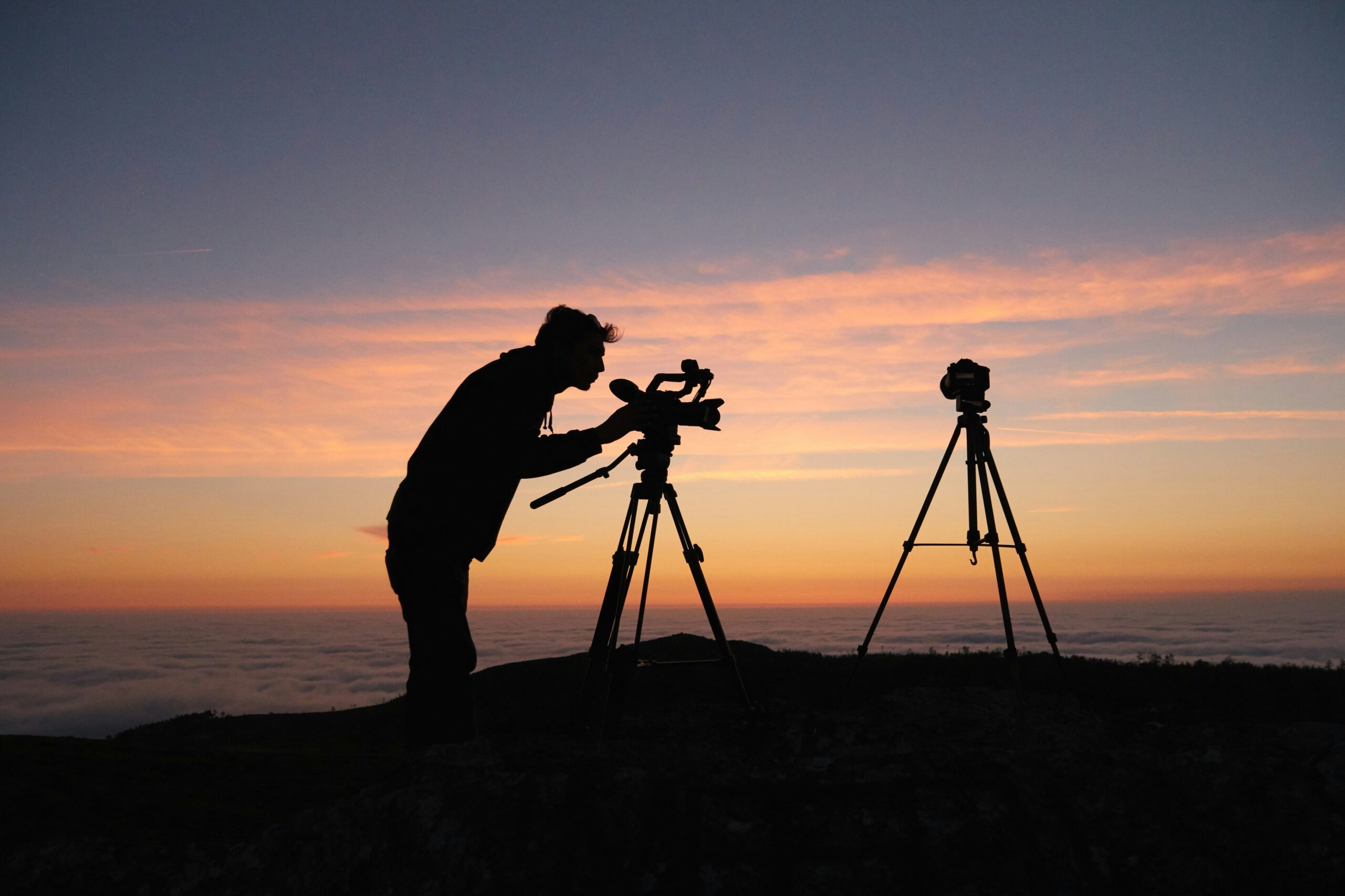Have you ever found yourself trying to stabilize your spotting scope only to end up with shaky, blurred images? It can be incredibly frustrating, especially when you’re eager to catch that perfect view. Whether you’re birdwatching, participating in target shooting, or simply enjoying nature’s sights, a stable spotting scope enhances your experience and brings the world into sharp focus. But the question remains: what is the best way to stabilize a spotting scope?

Understanding the Importance of Stabilizing a Spotting Scope
Before diving into the methods of stabilization, it’s essential to understand why stability is crucial. A spotting scope magnifies images at significant distances, which means even the smallest movements can lead to a seemingly large shake in your view. This can make it challenging to focus on details or even keep track of your subject.
Impact on Image Quality
A stable scope is critical for clear, crisp images. Even minor vibrations can turn a potential clear sighting into a frustrating blur. Stabilization ensures that you get the sharpest image possible by minimizing movement both from natural elements and your surroundings.
Role in Comfort and Usability
Holding a scope steady can be tiring and uncomfortable over extended periods. Proper stabilization not only improves image quality but also reduces the physical strain when observing for a long time.
Factors Affecting Spotting Scope Stability
Several factors can affect the stability of your spotting scope, and understanding them will aid in choosing the right stabilization method for you.
Magnification Level
Higher magnification levels increase sensitivity to motion. Therefore, it’s crucial to consider how much zoom you need and how it will affect stability. For extreme magnification, more robust stabilization methods are necessary.
Environmental Conditions
Environmental factors such as wind, uneven terrain, or ground vibrations can significantly impact stability. Preparing for these conditions will help you maintain a steady image.
Physical Setup
How and where you set up your scope matters. A lightweight or improperly mounted tripod, for instance, can mean the difference between a steady shot and a wobbly disappointment.
Tools for Spotting Scope Stabilization
Now that you’ve understood why stabilizing a spotting scope is vital, let’s look into the tools that can help you achieve this stability.
Tripods
Tripods are perhaps the most common tool used to stabilize spotting scopes. They provide a solid base that helps eliminate hand tremor and other minor movements.
Choosing the Right Tripod
When selecting a tripod, there are several factors to keep in mind:
- Weight: Heavier tripods are generally more stable, but consider portability if you plan to move around a lot.
- Height: Ensure the tripod can extend high enough for your needs while also collapsing to a comfortable height when seated or kneeling.
- Head Type: A fluid head can allow smooth panning and tilting, perfect for tracking moving subjects.
Monopods
A monopod is a single-legged support that offers slightly less stability than a tripod but is often lighter and more portable.
Benefits of Monopods
- Portability: Easier to carry around, especially on long hikes.
- Versatility: Can be used in tight spaces where a tripod might not fit.
Window Mounts
For those who prefer observing from the comfort of their vehicle, window mounts can be an excellent option. They clamp onto your car’s window, providing a secure and stable platform for your scope.
Using Window Mounts Effectively
- Vehicle Positioning: Park on level ground to enhance stability.
- Window Positioning: Lower your window enough to clamp securely but not so low that it induces unnecessary movement.
Stabilizing Platforms
If you’re setting up in a fixed location, stabilizing platforms can offer a sturdy solution. These can range from small portable benches to custom-built setups designed for specific scopes.
Technological Aids
While traditional methods are effective, technology has brought forward several new tools to help stabilize spotting scopes.
Gyroscopic Stabilizers
Gyroscopic stabilizers use motion sensors and motors to counteract movements, providing a remarkably stable image even in challenging conditions.
Image Stabilization Scopes
Some modern spotting scopes come with built-in image stabilization technology, reducing the need for external stabilization methods.
Techniques for Enhanced Stability
Even with the right tools, certain techniques can enhance stability further. Here are some practical tips:
Correct Posture and Positioning
How you position yourself while using the spotting scope can significantly impact stability. Ensure your stance is steady, whether seated or standing, and that you aren’t straining to look through the scope.
Tripod Adjustment
Ensure that your tripod is on solid ground, and all adjustments are tightened. Also, consider hanging a weight, such as a bag, from the center column to lower the center of gravity.
Natural Barriers
Use natural barriers like trees or boulders to shield your setup from wind and other elements. Additionally, physically leaning against these structures can provide further stability.
Smooth Operation
When adjusting the scope or tripod, do so smoothly to minimize vibrations. Quick movements can unsettle the setup even with the most stable equipment.

Troubleshooting Common Stabilization Issues
Even with thorough preparation and technique, stabilization issues can still occur. Here are some common problems and solutions:
Vibrations from External Sources
If you notice vibrations from nearby traffic or machinery, consider repositioning your setup away from these sources. Utilizing dampeners or placing the setup on an insulating material can also help.
Tripod Instability
If your tripod is still unstable, check for loose components or consider upgrading to a more robust model. Investing in a tripod with a strong build and reputable brand can often solve stability issues.
Wind Interference
To combat wind, position yourself with your back against it or use a windbreak. A low profile setup and additional weight on the tripod center column can also help.
Comparing Stabilization Methods
To make your decision easier, here’s a comparison table highlighting the pros and cons of each major stabilization method:
| Stabilization Method | Pros | Cons |
|---|---|---|
| Tripod | Highly stable, versatile, suits most environments | Can be heavy, requires more setup time |
| Monopod | Portable, quick setup, great for mobility | Offers less stability than tripods |
| Window Mount | Convenient for vehicle use, stable on level ground | Restricted to vehicle use, limited elevation |
| Stabilizing Platforms | Extremely stable, customizable | Fixed location use, can be bulky |
| Gyroscopic Stabilizers | Advanced stabilization, handles motion well | Expensive, requires power source |

Considerations for Different Activities
The best stabilization method can vary depending on the activity you’re engaged in. Let’s explore this:
Birdwatching
For birdwatching, mobility and quick setup are crucial. A lightweight tripod or monopod can be ideal for moving quickly between locations.
Target Shooting
In target shooting, precision is key. A sturdy tripod complemented by a bench or platform often provides the best stability.
Wildlife Observation
Similar to birdwatching, wildlife observation might require mobility but also sometimes extended periods of observation, making a stable and comfortable setup essential.
Astronomy
Astronomy often deals with high magnification and specific setups, where robust tripods or specialized mounts are more applicable.
Tips for Maintaining Your Spotting Scope and Stabilization Equipment
To ensure longevity and performance, regular maintenance of your spotting scope and stabilization equipment is crucial.
Regular Cleaning
Clean your scope lenses with a soft, lint-free cloth to prevent smudges and dust. For tripods and other supports, keep joints and locks free of debris and lubricated as necessary.
Safe Storage
Store your equipment in a cool, dry place. Use padded bags or cases to protect against impacts during transport.
Routine Checks
Regularly check all moving parts, such as screws and levers, for signs of wear and tear. Replacing these components as needed will ensure that your equipment remains reliable and safe.
Conclusion
Ultimately, selecting the right method and tools to stabilize your spotting scope will depend on your specific needs, preferences, and environment. By understanding the various factors that affect stability, utilizing the appropriate equipment, and employing effective techniques, you’ll be well on your way to achieving a steady and clear view. Sticking to these practices not only enhances your viewing experience but also ensures that each sighting brings joy and fulfillment.
The world awaits, and with a stabilized spotting scope, it’s ready for you to explore in all its steady, magnificent glory.
